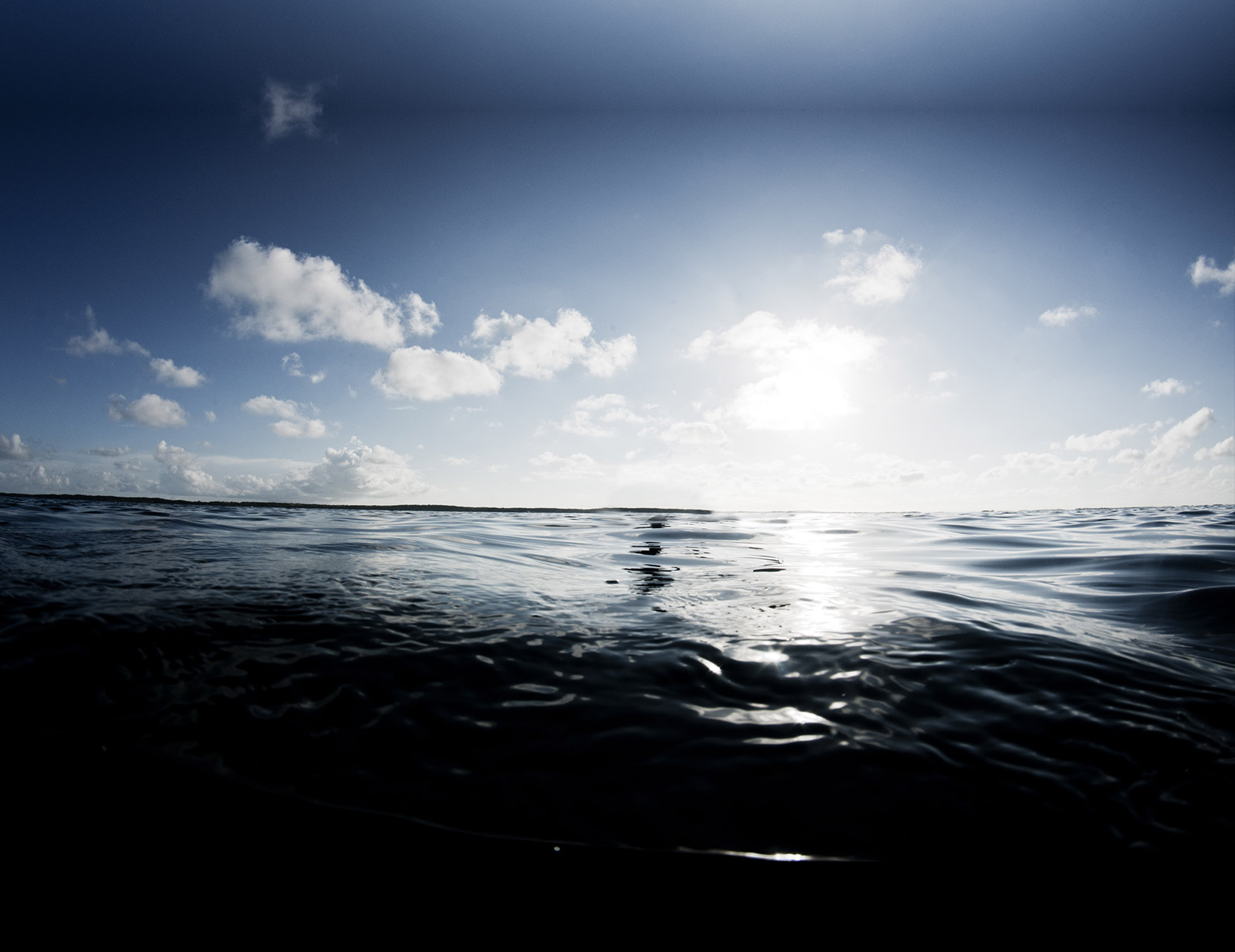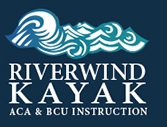L4 Navigation: Course Description
For thousands of years, seafarers have successfully crossed oceans with the most minimal of navigational tools. Indeed, Polynesian voyagers crossed the Pacific Ocean without even using a compass. These same techniques, when understood and applied, can serve as a solid foundation for small boat navigation.
In this class, we will introduce navigational strategies and techniques that rely only on using your eyes and ears (and, in some cases, a chart and compass). In addition to being useful in the cases of electronic failure, loss/breakage of equipment, or limited space (e.g., kayaks), these strategies and techniques are … fun. Specific topics that will be discussed and demonstrated include determining bearings, estimating distance, fixing position, dealing with wind and current, and collision avoidance.
This class is organized in two blocks: Classroom Theory and On the Water Application.
During the classroom theory portion, we will focus on the following four areas:
1) Introduction to Eyeball Navigation (navigating by using only your senses).
2) Introduction to the Chart and the Compass
3) Introduction (brief) to Electronic Navigation and Communication (especially proper use of the GPS and proper use of the VHF radio).
4) Trip planning (using the information available to make a coherent navigational plan – bridging the gap from tactics to strategy).
During the On the Water session, we will apply the information presented above to a variety of real life scenarios. Various drills will also be conducted to increase the student’s “situational awarereness” … one of the hallmarks of a proficient navigator.

